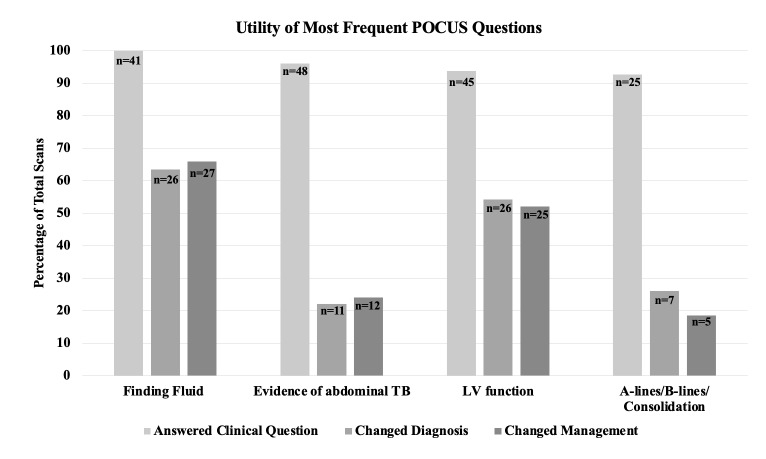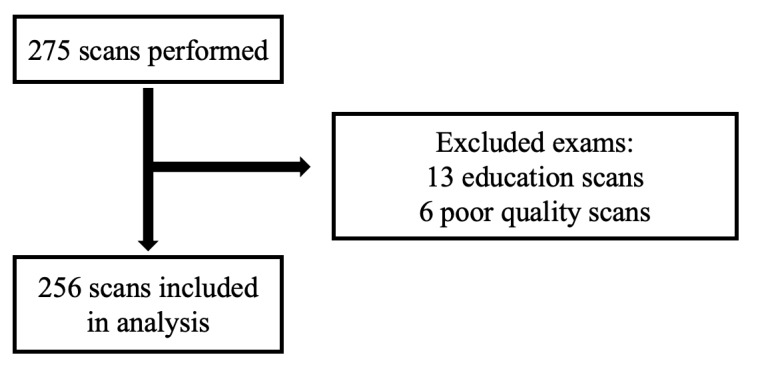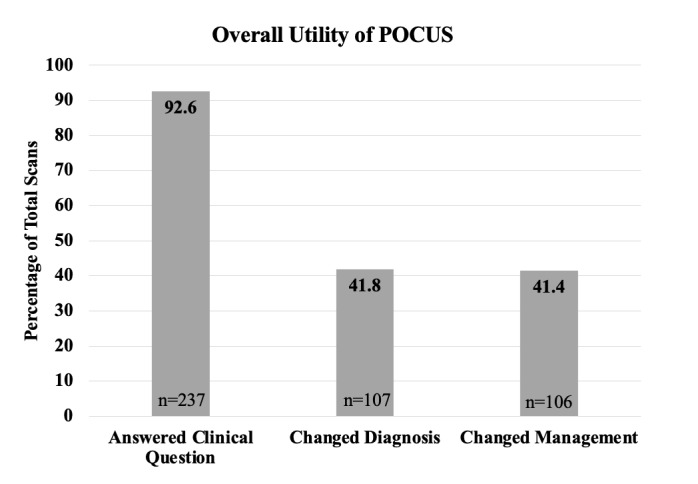Impact of Point-of-Care Ultrasound in Medical Decision Making: Informing the Development of an Internal Medicine Global Health POCUS Curriculum.
引用次数: 2
Abstract
Abstract Background: Point-of-care Ultrasound (POCUS) is particularly useful in low-middle income countries (LMICs) where advanced imaging modalities and diagnostics are often unavailable. However, its use among Internal Medicine (IM) practitioners is limited and without standard curricula. This study describes POCUS scans performed by U.S. IM residents rotating in LMICs to provide recommendations for curriculum development. Methods: IM residents within a global health track performed clinically-indicated POCUS scans at two sites. They logged their interpretations and whether or not the scan changed diagnosis or management. Scans were quality-assured by POCUS experts in the US to validate results. Using the criteria of prevalence, ease of learning, and impact, a framework was developed for a POCUS curriculum for IM practitioners within LMICs. Results: A total of 256 studies were included in analysis. 237 (92.5%) answered the clinical question, 107 (41.8%) changed the diagnosis, and 106 (41.4%) changed management. The most frequently used applications were the Focused Assessment for Sonography for HIV associated TB (FASH) exam, finding fluid (pericardial effusion, pleural effusion, ascites), qualitative assessment of left ventricular function, and assessment for A-lines/B-lines/consolidation. The following scans met ease of learning criteria: FASH-basic, assessment of LV function, A-lines vs. B-lines, and finding fluid. Finding fluid and assessment of LV function changed diagnosis and management most frequently, greater than 50% of the time for each category. Discussion/Conclusion: We recommend the following applications as highest yield for inclusion in a POCUS curriculum for IM practitioners within LMICs: finding fluid (pericardial effusion, pleural effusion, ascites) and assessment of gross LV function.



护理点超声在医疗决策中的影响:告知内科全球健康POCUS课程的发展。
背景:即时超声(POCUS)在往往无法获得先进成像模式和诊断的中低收入国家(LMICs)尤其有用。然而,它在内科(IM)从业人员中的使用是有限的,没有标准的课程。本研究描述了由在低收入国家轮岗的美国IM住院医生进行的POCUS扫描,为课程开发提供建议。方法:全球健康跟踪的IM居民在两个地点进行临床指示的POCUS扫描。他们记录了他们的解释,以及扫描是否改变了诊断或治疗。美国POCUS专家对扫描结果进行了质量保证。利用流行程度、易学性和影响的标准,为低收入和中等收入国家的IM从业者开发了POCUS课程框架。结果:共纳入256项研究。回答临床问题237例(92.5%),改变诊断107例(41.8%),改变治疗106例(41.4%)。最常用的应用是HIV相关结核超声聚焦评估(FASH)检查,发现液体(心包积液、胸腔积液、腹水)、左心室功能定性评估和a线/ b线/实变评估。以下扫描符合易于学习的标准:基本的快速扫描,左室功能的评估,a线与b线的对比,以及发现液体。发现液体和评估左室功能最常改变诊断和治疗,每个类别的时间都超过50%。讨论/结论:我们推荐以下应用作为纳入低收入国家IM从业者POCUS课程的最高收益:发现液体(心包积液、胸膜积液、腹水)和评估大体左室功能。
本文章由计算机程序翻译,如有差异,请以英文原文为准。
求助全文
约1分钟内获得全文
求助全文

 求助内容:
求助内容: 应助结果提醒方式:
应助结果提醒方式:


